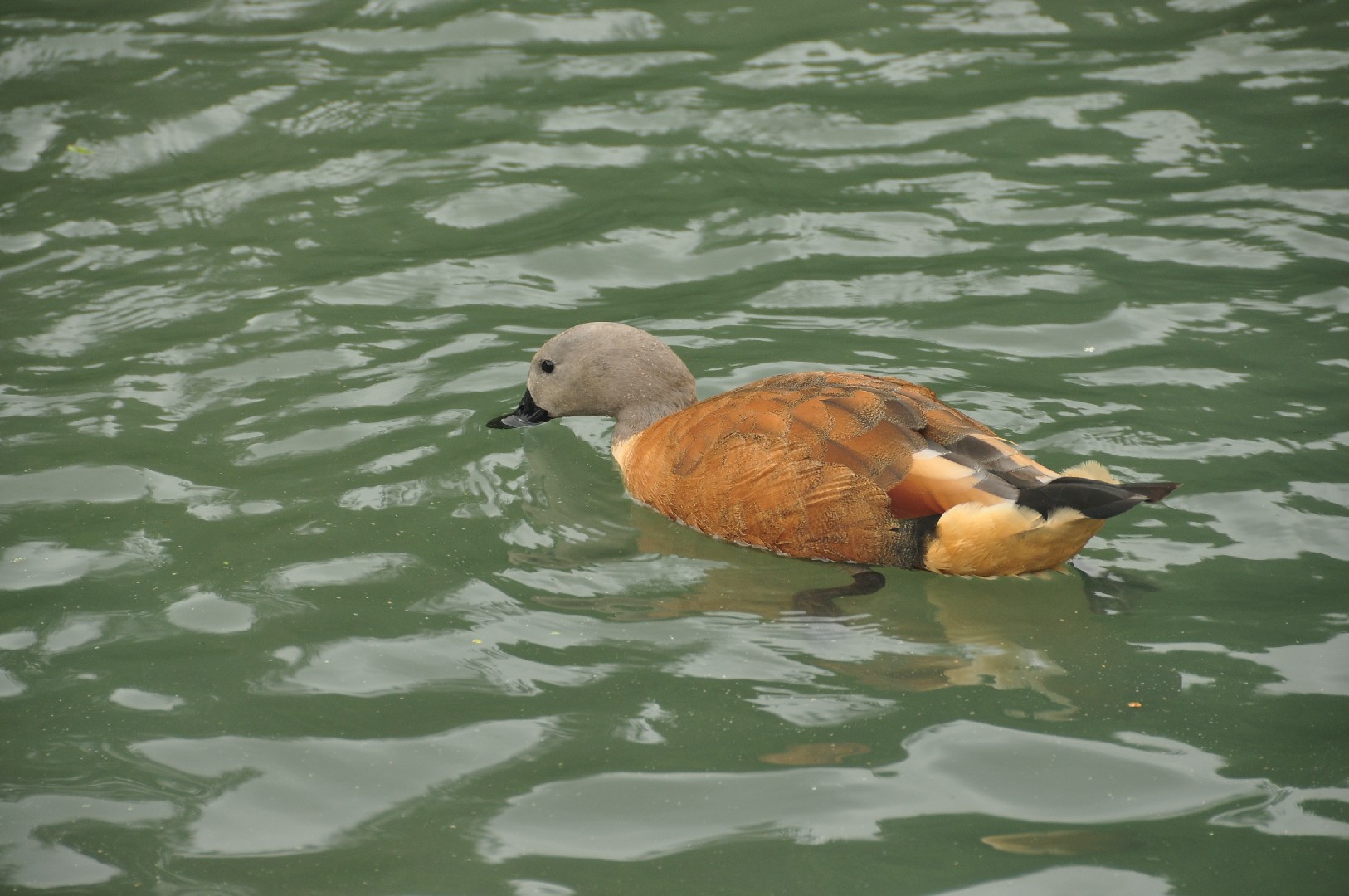South African Shelduck
A species of Typical Shelducks, Also known as Cape Shelduck Scientific name : Tadorna cana Genus : Typical Shelducks
South African Shelduck, A species of Typical Shelducks
Also known as:
Cape Shelduck
Botanical name: Tadorna cana
Genus: Typical Shelducks
Content
Description General Info
 Photo By Nilfanion , used under CC-BY-SA-4.0 /Cropped and compressed from original
Photo By Nilfanion , used under CC-BY-SA-4.0 /Cropped and compressed from original Description
The South African shelduck or Cape shelduck (Tadorna cana) is a species of shelduck, a group of large goose-like birds which are part of the bird family Anatidae, which also includes the swans, geese and ducks. This is a common species native to southern Africa. This is a 64 cm long bird which breeds mainly in Namibia and South Africa. In the austral winter, many birds move north-east from the breeding range to favoured moulting grounds, where sizable concentrations occur. This species is mainly associated with lakes and rivers in fairly open country, breeding in disused mammal holes, usually those of the aardvark. Pairs tend to be very nomadic when not in breeding season. Adult South African shelducks have ruddy bodies and wings strikingly marked with black, white and green. The male has a grey head, and the female has a white face and black crown, nape and neck sides. Note the colour on the females head is highly variable. In flight they can be hard to distinguish from Egyptian geese. Juveniles are duller in appearance. Young females lack the white on the head, excluding white eye circles. Males make a deep honk or hoogh call while the female tends to produce a louder, sharper hark. South African shelduck is one of the species to which the Agreement on the Conservation of African-Eurasian Migratory Waterbirds (AEWA) applies. The genus name Tadorna comes from Celtic roots and means "pied waterfowl", essentially the same as the English "shelduck". 
Size
66 cm
Nest Placement
Ground
Feeding Habits
South African Shelduck primarily consumes grains, algae, seeds, and aquatic plants, with a seasonal diet that adds animal items like insect larvae and crustaceans. South African Shelduck forages by grazing, dabbling, and digging, both nocturnally and diurnally, showing a notable fasting behavior during midsummer moult.
Habitat
The south African Shelduck primarily inhabits open, shallow freshwater and brackish wetlands. They are prevalent in regions characterized by dwarf scrublands, mesic shrublands, grasslands, and savannas, while avoiding arid deserts. These birds are commonly found around dam lakes, rivers, ephemeral pans, and sewage works, showing a preference for muddy shorelines and shallow waters with sparse surrounding vegetation. They only infrequently occupy marine environments but may be found in coastal lakes, estuaries, and lagoons.
Dite type
Herbivorous
General Info
Feeding Habits
Bird food type
Species Status
Not globally threatened.
Scientific Classification
Phylum
Chordates Class
Birds Order
Waterfowl Family
Geese Genus
Typical Shelducks Species
South African Shelduck